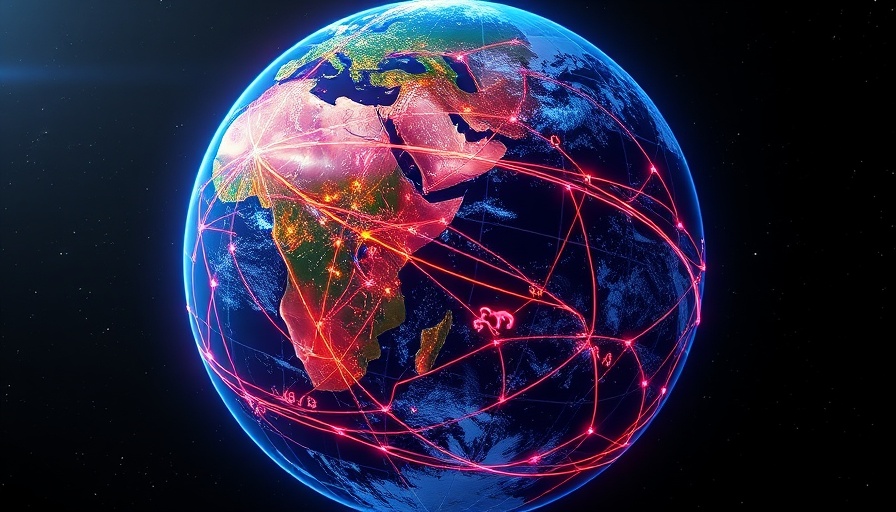
The Evolution of ICARUS: A New Era in Wildlife Tracking
The ICARUS project has long been recognized as a pioneering effort in wildlife conservation. Initially launched in 2018 with the Russian space program, this ambitious venture allowed scientists to track migratory animal patterns from the International Space Station (ISS). However, the project faced unforeseen challenges following geopolitical tensions spurred by Russia's invasion of Ukraine.
Transforming Challenges into Opportunities
In a remarkable turnaround, the Max Planck Society has joined forces with the German startup Talos to relaunch ICARUS, now dubbed ICARUS 2.0. This partnership represents a technological renaissance, distancing itself from the shadows of geopolitical influences. CEO of Talos, Gregor Langer, revealed that the upgraded system will significantly enhance data accuracy and update frequency, thus empowering scientists with information necessary for successful wildlife conservation efforts.
The Future of Wildlife Conservation
The enhanced ICARUS not only promises to improve data collection with its sophisticated IoT tags but also aims to create a comprehensive 'internet of animals.’ This innovative network will facilitate a deeper understanding of animal movements, which is crucial for habitat preservation and predicting ecological shifts. As we approach a future increasingly characterized by technological advancements, ICARUS stands at the forefront of a more robust and decentralised approach to wildlife monitoring.
Conclusion: The Resilience of Science
The journey of ICARUS highlights the resilience and adaptability of the scientific community amidst geopolitical uncertainties. This new direction signifies a testament to the power of innovation to touch on vital environmental issues, showcasing that fresh technological solutions can emerge even in adverse conditions. As ICARUS takes flight again, the potential benefits for conservationists and the natural world are immense.
 Add Row
Add Row  Add Element
Add Element 


 Add Row
Add Row  Add
Add 

Write A Comment